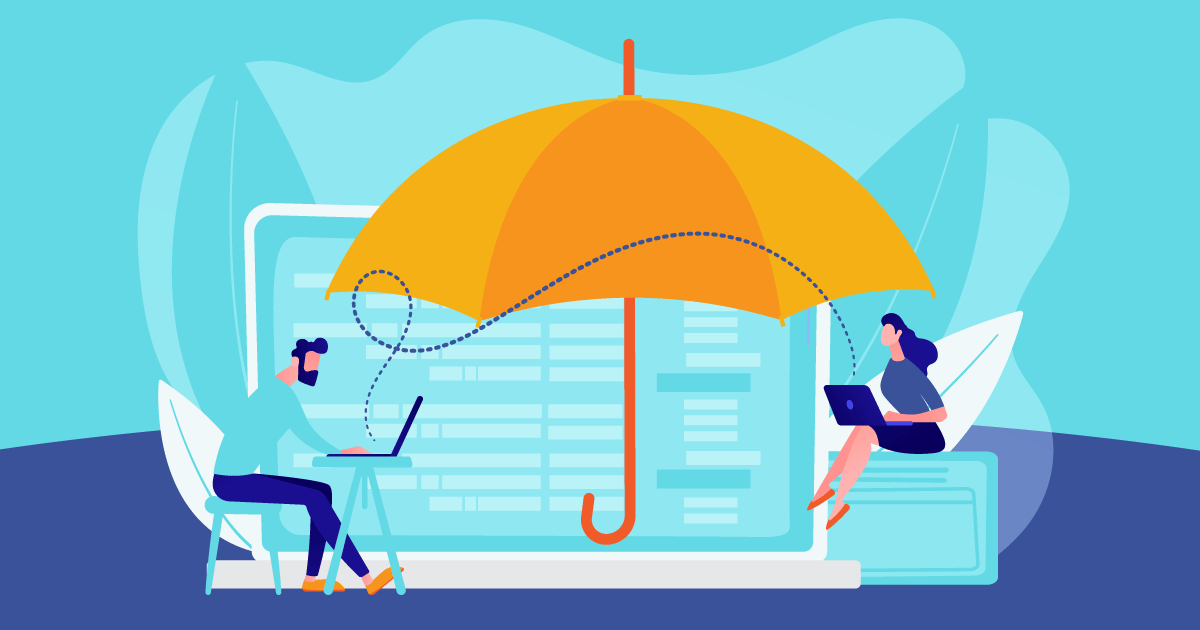Accidents happen in the blink of an eye. However, there are significant risks when they happen at your business.
It could be a slip-and-fall accident, a product-related injury, a mishap involving your product/equipment, or a dog bite from another customer’s dog.
The impact of these accidents can be far-reaching, including lawsuits, reputational damage, and costly settlements.
However, knowing how to respond swiftly and effectively to customer injury is crucial—not just to safeguard your reputation, but also to protect your financial stability. This includes having a personal injury lawyer by your side in case of a lawsuit or claim.
This post walks you through the critical steps to take when a customer gets injured within your business premises.
Immediate response steps
First things first. When a customer gets injured on your business premises, your priority should be their well-being, regardless of whether or not your business is liable.
Quick reaction can go a long way in preventing further harm to your customer. Also, such an act shows that you take safety seriously and could boost your reputation.
Here’s what you need to do immediately if an accident occurs;
Seek medical attention for the injured customer
Some injuries don’t present themselves right away, especially if they are internal. And sometimes, you may not experience pain immediately due to the adrenaline masking your pain receptors.
When a customer gets injured at your business premises, seek immediate medical attention for them, regardless of the type and severity of the injury.
If you’re unsure of the severity of the injury, call an ambulance—it’s better and much safer to err on the side of caution. While waiting for the ambulance, offer appropriate first aid services like applying pressure to stop bleeding.
If the injury doesn’t require an ambulance or immediate medical care, let the customer rest in a quiet place for some time until you’re sure they are safe.
Offering to call an ambulance or medical professional is a good gesture that shows you care.
Document the incident
It’s important to obtain a clear and accurate record of the incident. Therefore, start by completing an incident report with the time and date of the incident and a detailed description of what exactly happened. While doing so, stick to the facts.
If possible, obtain a statement from the injured customer. Ensure you have the customer’s name and contact information. If the injured customer declined your request for professional medical assistance, have that on record as well.
Additionally, collect statements from witnesses. Ensure you get their names, contact information, and their explanation of the incident.
Take pictures of the scene and ensure you capture all angles. Also, obtain and preserve surveillance footage of the same.
Detailed documentation of the incident will come in handy if the injured customer decides to sue your business.
Deal with the hazard (if any)
After attending to the injured customer’s medical needs, and documenting the incident, you should immediately address any existing hazards that might have caused the accident. Alternatively, if there are a few other colleagues around, have someone address the hazard, as you attend to the injured customer.
First, you need to identify the hazard—it could be a wet floor, broken items such as glass, or falling objects.
Clearing the area prevents additional injuries. For instance, if it’s a wet floor, ensure no one else walks through the area until it’s properly cleaned. For any other hazards, keep the area blocked off until they are removed.
Be compassionate and professional
How you respond to and treat the injured customer will leave a lasting impression. Show empathy and professionalism, assuring them that you’re there to help.
However, while showing compassion and concern, do not admit or imply guilt, or try to place blame on anyone. In fact, avoid discussing fault or liability, as such statements can be used against you in a potential legal dispute.
For instance, avoid making statements like “I’m sorry, this is our fault,” or “I can’t believe this happened again.” Instead, ask them if they are okay, and how they’re feeling and assure them that help is on the way. Try focusing on addressing the customer’s immediate needs and offering support.
Legal and insurance considerations
It’s important to address the legal and insurance side of things regardless of whether your business was at fault or not. Taking these steps helps protect your business from potential lawsuits and ensures your insurer covers the costs (if any).
Many business insurance policies, particularly liability insurance, cover customer injuries that happen on your premises. Therefore, as soon as an injury occurs, notify your insurance company. This gives the insurer enough time to assess the situation and work on your claim.
Additionally, it’s wise to consult with a personal injury lawyer early in the process. Your lawyer will offer legal advice on how to proceed, especially if the customer indicates they may pursue legal action. The attorney will help you navigate liability issues and ensure you don’t make statements that could inadvertently increase your liability.
Customer relations after an injury
Even after resolving the incident, it’s important to follow up with the injured customer as it can make a big difference in your relationship and your business’s reputation.
Therefore, get in touch with the injured customer a few days after the incident to check on their condition and express concern for their well-being.
You may want to offer compensation such as covering medical expenses or offering a discount or voucher for future services. This helps foster goodwill and may prevent the customer from pursuing legal action.
However, be careful when offering such compensation out of goodwill as it may sometimes be taken as an admission of guilt.
Handling social media and public relations
Today, it takes only one click for something to go viral thanks to the internet. This means an injury to a customer on your premises could easily gain public attention. If it happens, you must know how to handle the pressure as this may impact your business reputation.
Therefore, respond to social media comments or reviews in a professional and empathetic manner. Outline all the steps taken from the moment the incident happened, placing more emphasis on customer safety. Avoid placing blame or becoming defensive.
Internal review and prevention
After handling the situation with your customer, you want to go back and investigate the root cause of the incident to prevent future occurrences. This not only protects your business, but also demonstrates a commitment to customer safety. Here are some of the safety measures to take.
Investigate the cause of the accident
Conduct an internal review. For instance, was there a spill that wasn’t cleaned up on time? Were there areas with insufficient lighting? Was equipment malfunctioning?
Understanding the root cause will help you address the underlying issue.
Implement corrective measures
Once you discover the problem, it’s important to take corrective measures to fix it. For instance, repair or replace faulty equipment and ensure better maintenance.
If the issue is procedural, such as a lack of adequate cleaning schedule, adjust your processes to prevent the hazard from reoccurring. Additionally, conduct regular safety audits to spot potential issues before they lead to costly injuries and claims.
Train your employees for future incidents
While taking proactive measures to minimize accidents within your premises, it’s important to note that you cannot completely stop them from happening.
Therefore, it’s crucial to train your employees on how to deal with accidents and injuries involving customers. Your employees play a key role in customer safety. Therefore, you need to provide them with adequate training.
Provide training in first aid, safety procedures, and how to respond to different types of injuries. Role-play different scenarios to help your employees practice responding calmly and professionally to customer injuries. Also, regularly revisit this training to ensure your team is always prepared to handle the unexpected.
Clear signage and safety protocols
Clear signage can help you prevent customer injuries within your business’s premises. For instance, ensure there are signs warning customers of wet floors, construction zones, or any other hazards.
Also, ensure safety protocols such as fire exits and emergency procedures, are visible and easy to understand to both staff and customers.
Final thoughts
While customer injuries are an unfortunate reality for businesses, how you handle them can significantly impact the outcome. For instance, when such an incident occurs, you must always put the customer’s well-being first, ensuring they get adequate and professional medical care. You also need to investigate and document the incident which will help in the event of a lawsuit.
Additionally, take proactive steps to ensure you never face the same incident in the future. This includes employee training, regular safety, inspections, and clear signage and safety protocols.
So, is your business ready to handle a customer injury?










